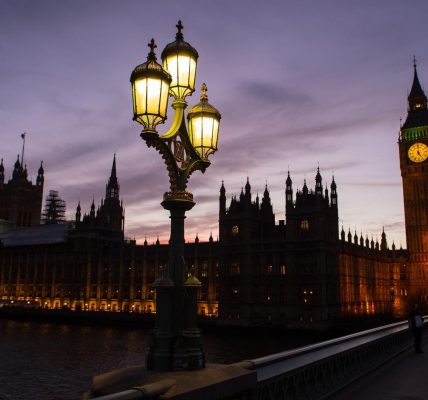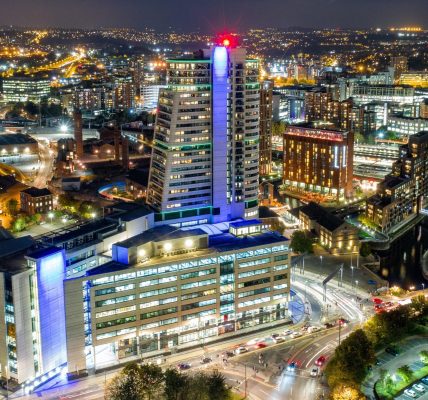What our city and town centres will look like, post pandemic – Atam Verdi
We’re all looking forward to ‘normality’ and whilst some key steps have been taken, there remains significant uncertainty about whether we’ll return to our pre-pandemic lifestyles.
The outlook for real estate is mixed too. The retail sector has perhaps seen the most significant change with online retailing now peaking at around 40 per cent. This has been a systemic shift and it’s highly probable that this growth will remain high.
However, we must not forget that before the pandemic a lot of retail was leisure and as social beings it’s likely that physical stores will retain a key role for businesses to display their brand and products and provide a ‘real’ experience to customers.
This is not to say that our shopping centres and streets are not going to have to change. I’m sure most people are familiar with the term ‘experiential’ and the pandemic has put some urgency in re- imagining public spaces (and shop fronts) in order to enable open air trading, but also to enable more attractive and appealing environments.
Such changes have encouraged partnerships between local authorities and businesses to work together to improve the attractiveness of high streets. At AspinallVerdi we have been working across England on Future High Streets or Towns Fund bids and these will also enable this transition.
Hopefully, there will be further rounds and opportunities for locations as yet not selected to take advantage of such funding.
The leisure and hospitality sector has also been significantly affected (perhaps more than retail in the short term). Clearly significant investments have been made by operators to make their businesses Covid safe; although due to physical constraints many will struggle – especially where there’s a shortage of outside space. Here short-term measures which may mean using pavements and other spaces may assist; in the longer term it’s likely that spaces which will be sought by hospitality businesses will ensure that outside space is considered carefully and that they can trade in differing circumstances.
With changes in demand and requirements we also see that many high streets will become more mixed with less traditional retail and potentially more leisure. Equally with higher vacancies and potentially lower rents this may be the opportunity for new independent businesses – with new offerings.
Examples I have seen include barber shops which are also coffee shops and close to where I live restaurants that are now retailing from the back of the pavement, enjoying queues of customers seeking a ready prepared meal to take away.
Many of us have been participating in discussions on the future of work with several polls on Linkedin and in the media. Whilst some are calling it a day with physical offices, the reality is likely to be that the role and the basis upon which offices are occupied are changing. Serviced or managed workspaces have been growing for some time and the pandemic will give the sector a boost. Businesses will be seeking more flexibility in when and how they need office and meeting accommodation.
Location will also be an issue with some employers allowing their people to work closer to home and these people may still want a ‘work’ experience and this may come in the form of local co-working facilities.
Such facilities can differentiate through excellent broadband, meeting spaces, networking opportunities and even a good café (I should declare that I am a director of the HEART Centre in Headingley!).










